Interested in the science of reading vocabulary instruction? In this post, I will give you 5 vocabulary activities that your students can work on during whole group instruction, small reading groups, or independently that align with the science of reading.
Picture this, teachers. You’re sitting down to listen to a child read. The child shows great decoding skills. Seems to be an excellent word caller. Fluency appears to be pretty good. There might even be some good expressions.
The child finishes reading the passage. You ask this child to tell you what they’ve read about. You then receive blank stares. Maybe a few “ummms” or an “I forget.”
As a reading teacher, this type of reader always left me perplexed. Teaching a child to decode words was the easier part of teaching reading for me. I knew the strategies. I could teach a student vowel sounds, patterns in words, how to chunk and break apart words. But how could I help these readers that were fluent beautiful decoders who couldn’t comprehend anything they had read?
Since diving into the science of reading, I’ve begun to change my thinking around the word “comprehension.” Instead of thinking of comprehension as a set of skills or strategies I need to teach, comprehension is more about a student’s background knowledge and vocabulary around the subject in which they are reading about. Making connections between words is the key idea behind understanding what you’ve read.
How did I become involved in the science of reading?
This quick story I shared above is a perfect illustration of how I landed fully invested in the science of reading movement. As a full time public education teacher, I serve as the only 3rd grade reading teacher for the grade level. I see three classes of 29 students each everyday, providing me with 87 individual readers with individual strengths and challenges that sit in front of me daily! As I continued along in my career, I was becoming frustrated and perplexed by students I just couldn’t seem to reach as readers. Why were they not making the progress I felt like they could make? Long story short, this frustration led me down a path of education and discovery as I entered the world of the science of reading. My passion for science based reading instruction has exploded from there. Now it is my passion to help bring this information to teachers like myself who are craving the knowledge to help their students develop the gift of literacy.
Check out my free workbook 7 Ways to Revamp your Phonics Instruction Starting Tomorrow for more information.
Science of Reading Vocabulary
“The best instruction in phonics and decoding includes activities that explore word meaning. As the focus of text reading shifts towards vocabulary and comprehension, the instruction should call attention to a new word’s pronunciation and spelling” LETRS training, Unit 5.
This type of attention to words and their meaning is a critical component of successful literacy instruction. Awareness of which words to explicitly teach can only be brought about through teacher knowledge and training. Teachers must be able to, in the moment of teaching, make decisions about words encountered in text. Teachers need to know which words to draw closer attention to, and have an arsenal of tools ready for how to deepen students’ understanding of a word.
After words are explicitly introduced, students need multiple exposures and practice activities to truly cement the word and it’s meaning to long term memory. Vocabulary centers and activities are frequently used as stations or independent work while teachers work with small groups. These elaboration and extension activities are vital to a student becoming proficient with a word. With careful planning, you can provide students with a variety of science of reading vocabulary strategies that will help them retrieve and better connect with a word the next time they encounter it.
Science of Reading Vocabulary Instruction for Independent or Small Group Practice
The following are ideas you can use in your classroom to help students build connections to people, other words they already know, and the world around them. These strategies can be used in whole group instruction, during small groups, or once explicitly taught and modeled as independent practice during reading stations.
-
Write a Meaningful Definition
With a heavy emphasis here on the word meaningful. I think all teachers everywhere have asked students at one point or another to write the definition of the word. For years, I’ve had students create Frayer Models with their vocabulary words for the week. If you’re not familiar with the Frayer Model you can read more about it here. However, when I collected those filled out four-squares and read through students’ definitions, I was often left scratching my head with some of the responses.
As it turns out, my students needed much more explicit instruction in how to create a meaningful definition. A meaningful definition should consist of two parts. The first part of the definition should include a category or a synonym. The second part states or elaborates on the word by giving more features or details. By shifting my expectations from having students simply create definitions from thin air to helping students frame their thinking by focusing on a two part definition, my students have dramatically increased their accuracy in creating definitions.
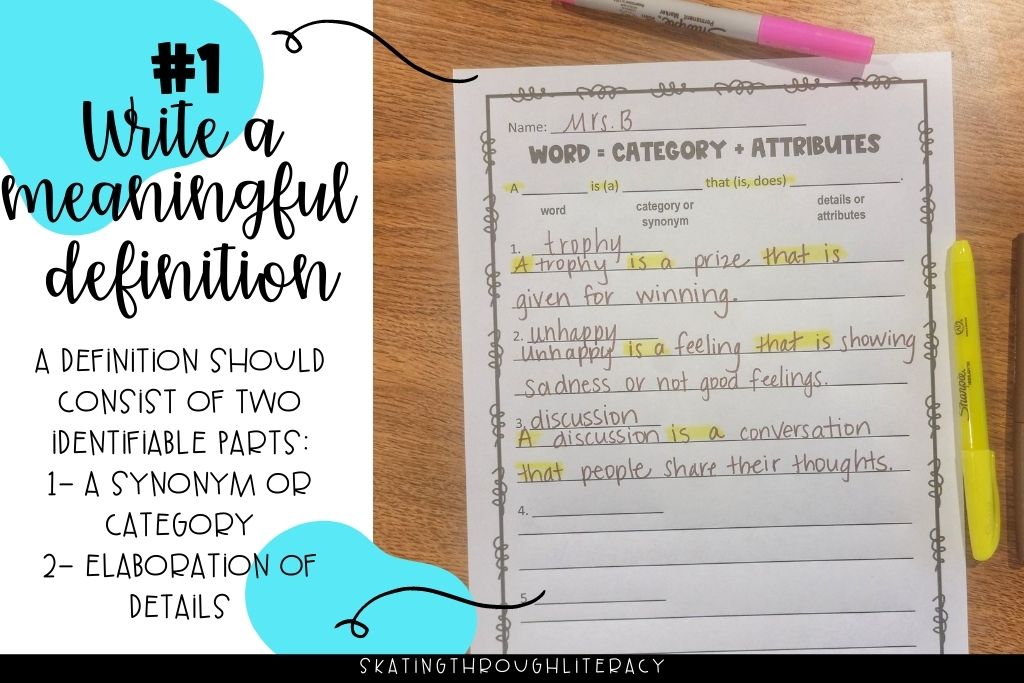
2. Build a Rich Semantic Map
Word learning goes beyond more than a simple definition. After simply understanding what a word means, students must be able to analyze many different aspects of a word such as:
- identify if there are synonyms or antonyms associated with the word
- write a meaningful definition
- consider the word structure
- use specific examples
- understand any connotations associated with the word
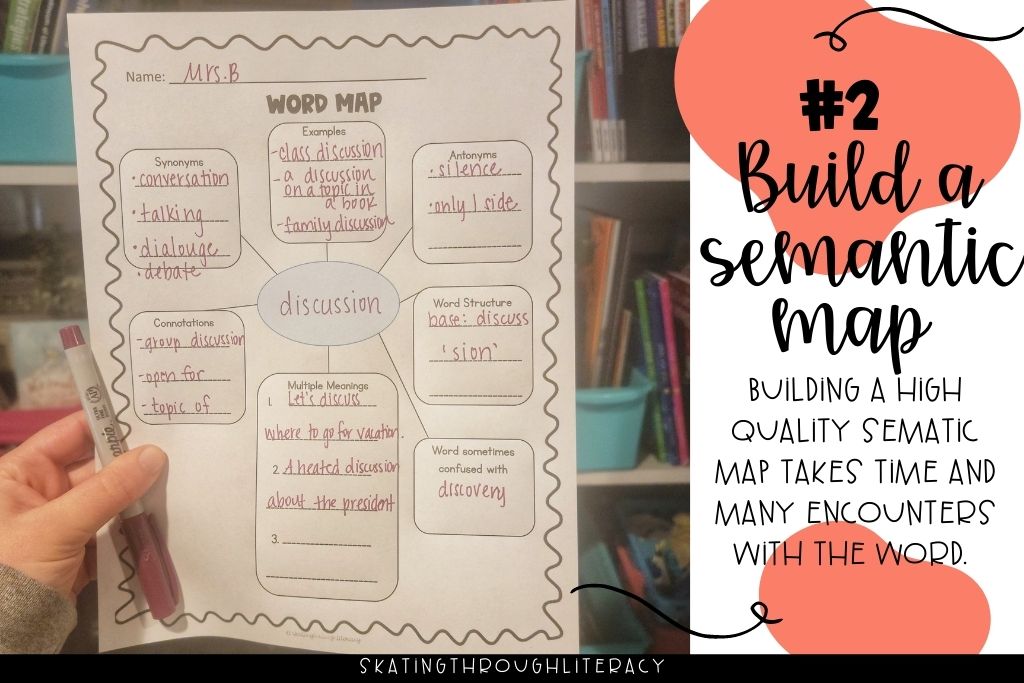
To help develop this automaticity, students can work on a semantic map together as a class. Building a high quality sematic map such as the graphic organizer shown above takes practice and many exposures to a word. The brain relies on these strong connections between words and their relationships to one another to help build association.
3. Multiple Meanings
A difficulty of trying to master the English language is so many of our common words have multiple meanings. In fact, out of the 5,000 most common words in our language, many of them have more than one meaning. This means that in reading instruction, especially with early readers, it is absolutely imperative that instruction involves the discussion around multiple meaning words even during code-based instruction. Words like bat, hit, drop, and jam are all words that students will encounter during code-based instruction that can be opportunities to start this type of work.
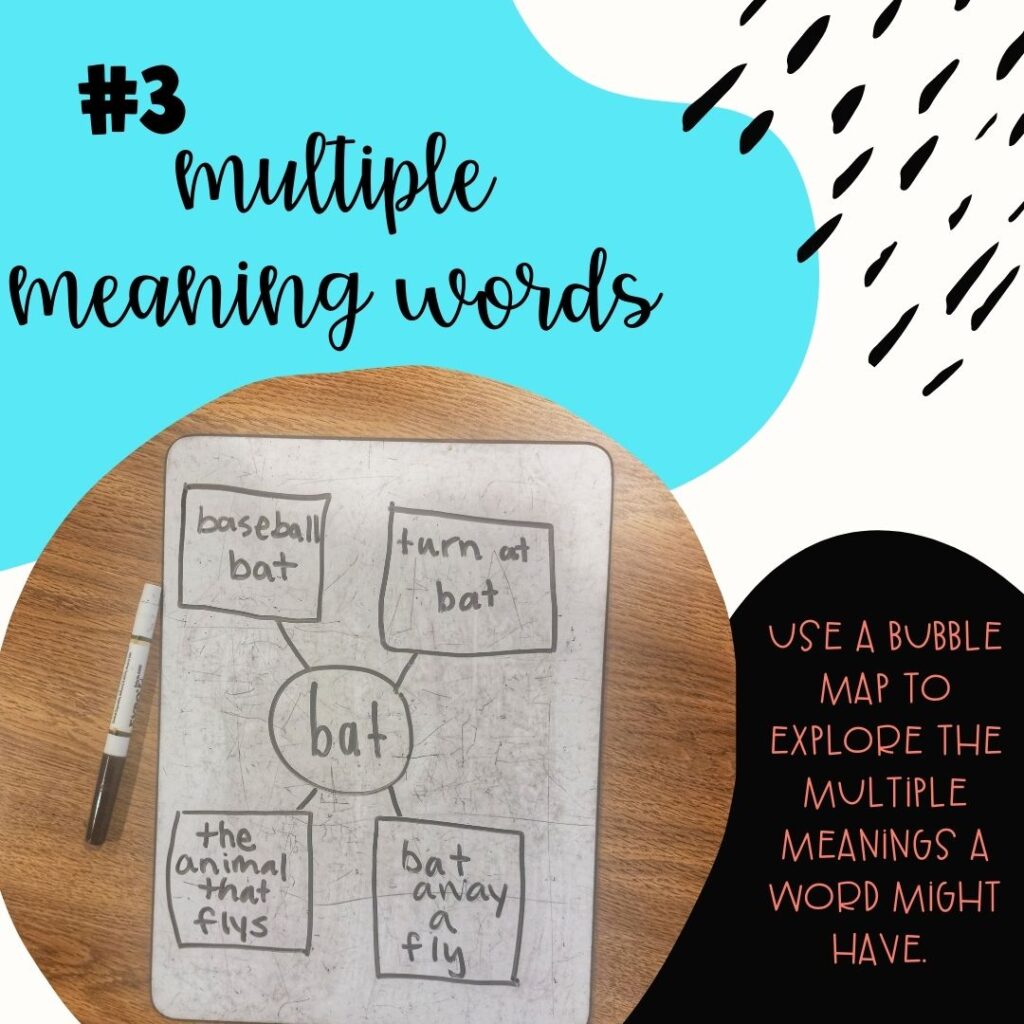
Students can explore multiple meanings of a word using a simple bubble map. Place the word being explored in the middle of the map. For this example, lets look at the word bat. Bat would go in the middle of the map. Next around the center, different meanings or examples of the word bat should be added. One bubble might say a nocturnal mammal with wings and fangs. In addition, another bubble would say sport equipment made of wood to hit a ball. Beginning readers could begin to do this type of activity with drawings and pictures only. Certainly more advanced readers could create their own sentences showing each meaning.
4. Word Sorts by Categories
Research shows that students need to connect new unknown words to other words in order to create meaningful connections to the new words’ meanings. Words are not stored in our working memories as single individual definitions, but rather a much more complex system of language. Having students sort words based on categories helps students see the connection between different words.
Depending on the students needs, you can scaffold this activity to provide the necessary support. For example, readers who have a large knowledge and vocabulary base may be able to complete a word sort freely without any sort of graphic organizer given as a guide. After sorting the words, students can write about the groups of words they created and why they put them together. Students who need more support could use a graphic organizer to help organize their thinking. Students can write the words from a word bank or physically sort the words on word cards into categories. To make this activity even more tactile, students could physically sort word cards into different buckets or tins and explain their choice.
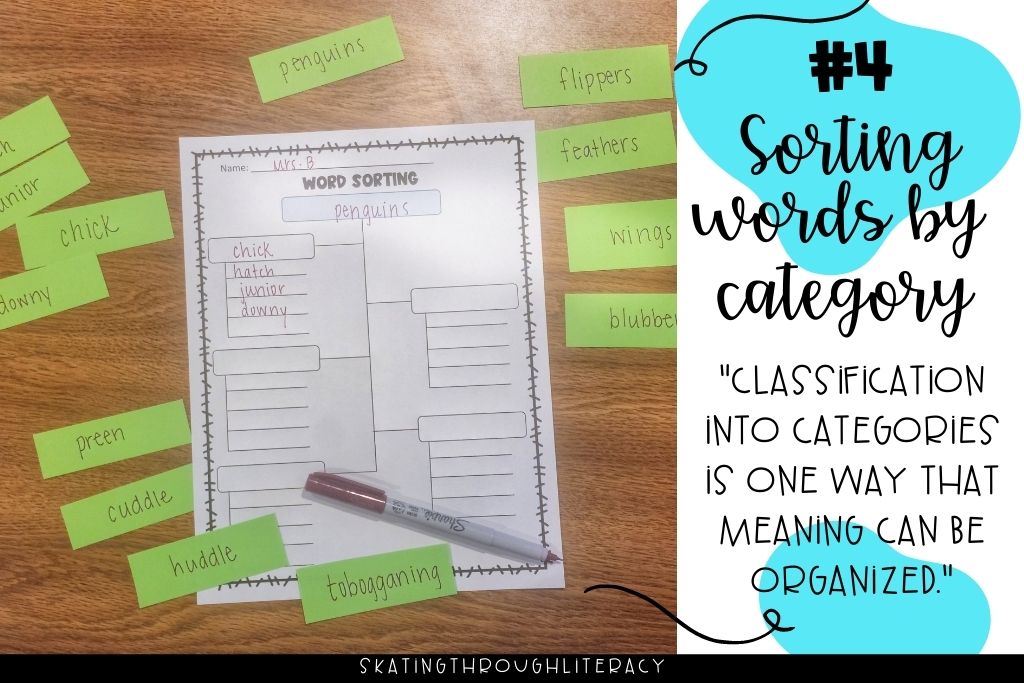
5. Scaling Activities
Antonyms are words with opposite meanings and are part of what a teacher asks a student to come up with when working with a vocabulary word. But by taking the activity of simply thinking of antonyms for a word to thinking about how a group of antonyms are related on a scale, you can help your students make those meaningful connections between words.
By putting words on a continuum or a scale, students have to think about how words relate to one another. For example, let’s say your students are working on the vocabulary word bright. You might then give your students a set of words to work with: bright, vibrant, shining, dim, dusk, and dark. Next, you might have students read sentences with examples of each of these words. Next students would place words on a continuum with dark on one side and bright on the other. Students can fill in the words on the continuum. In addition, extension activity easily provided by asking the student to then supply the reasoning behind where they put each word.
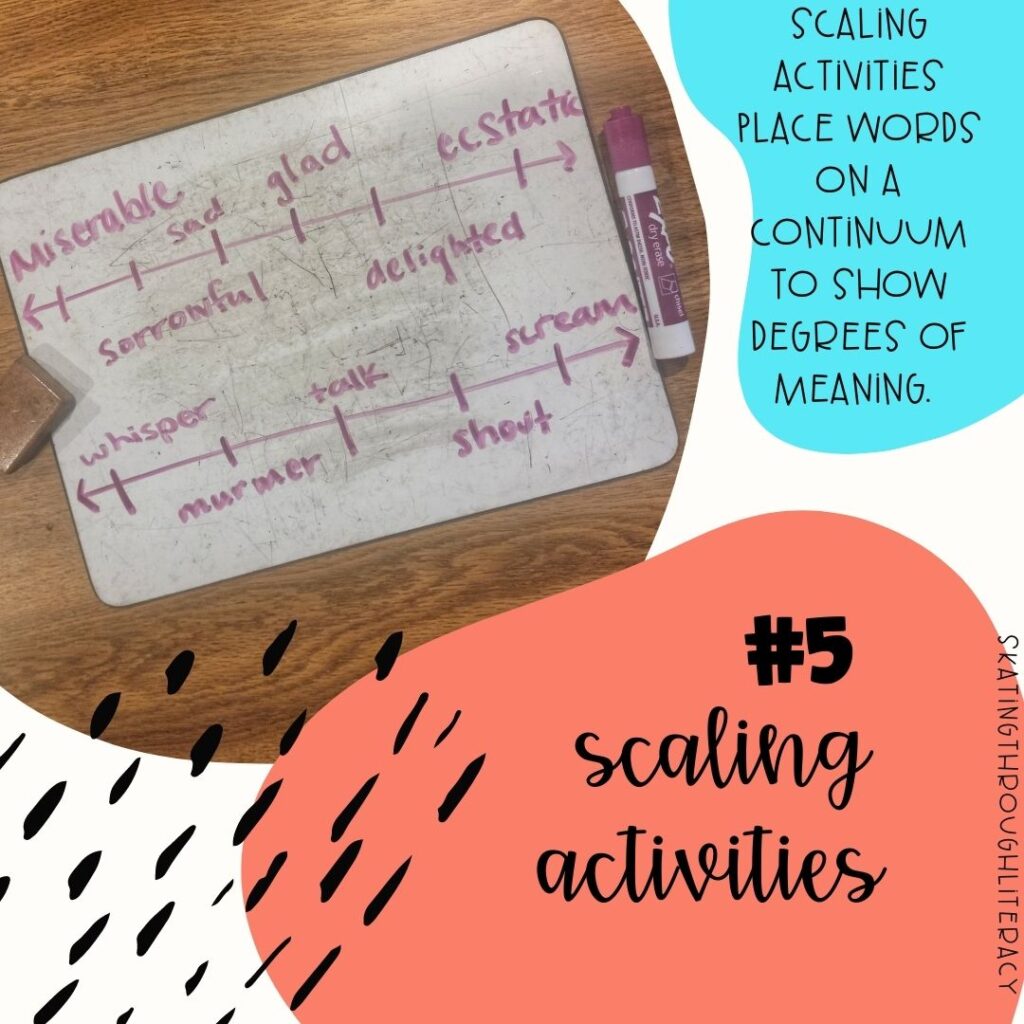
This kind of activity should first be modeled in both large whole group and small groups to ensure students understand and have practice with these higher level thinking skills. After a few weeks of explicitly teaching students how to do these types of scaling activities; students can work on this as a center or independent activity.
Vocabulary Activities for Independent Work
By incorporating some of these strategies into your vocabulary routine, you can increase your students’ deep understanding of vocabulary words. Simply aligning the teaching I was already doing with the science of reading vocabulary instruction, my students depth of knowledge increased dramatically. Eventually these activities can become valuable independent stations. To read more about what the other students are doing while you teach small group, check out this blog post.
Try one of these activities in your own classroom and let me know below how it goes!
Happy teaching <3

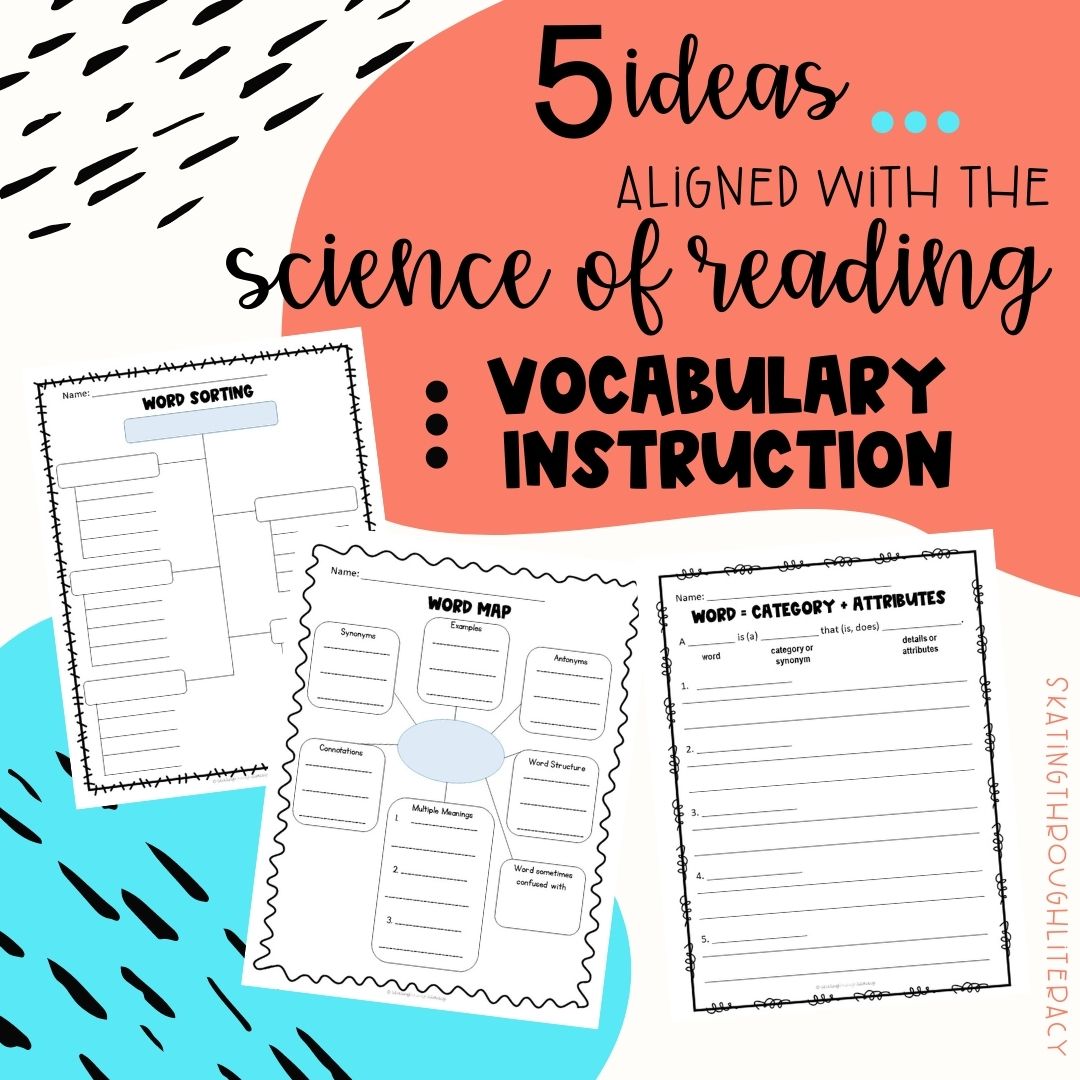
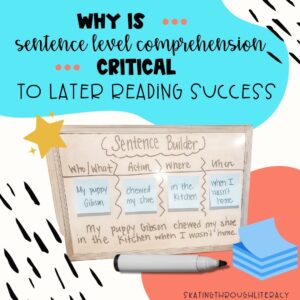
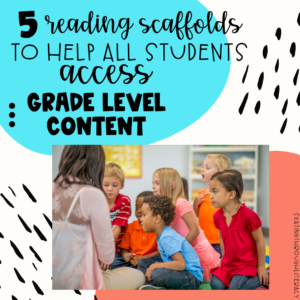
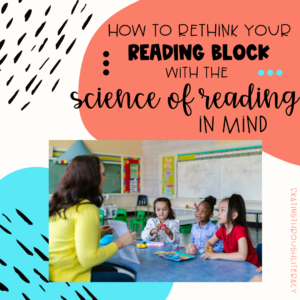
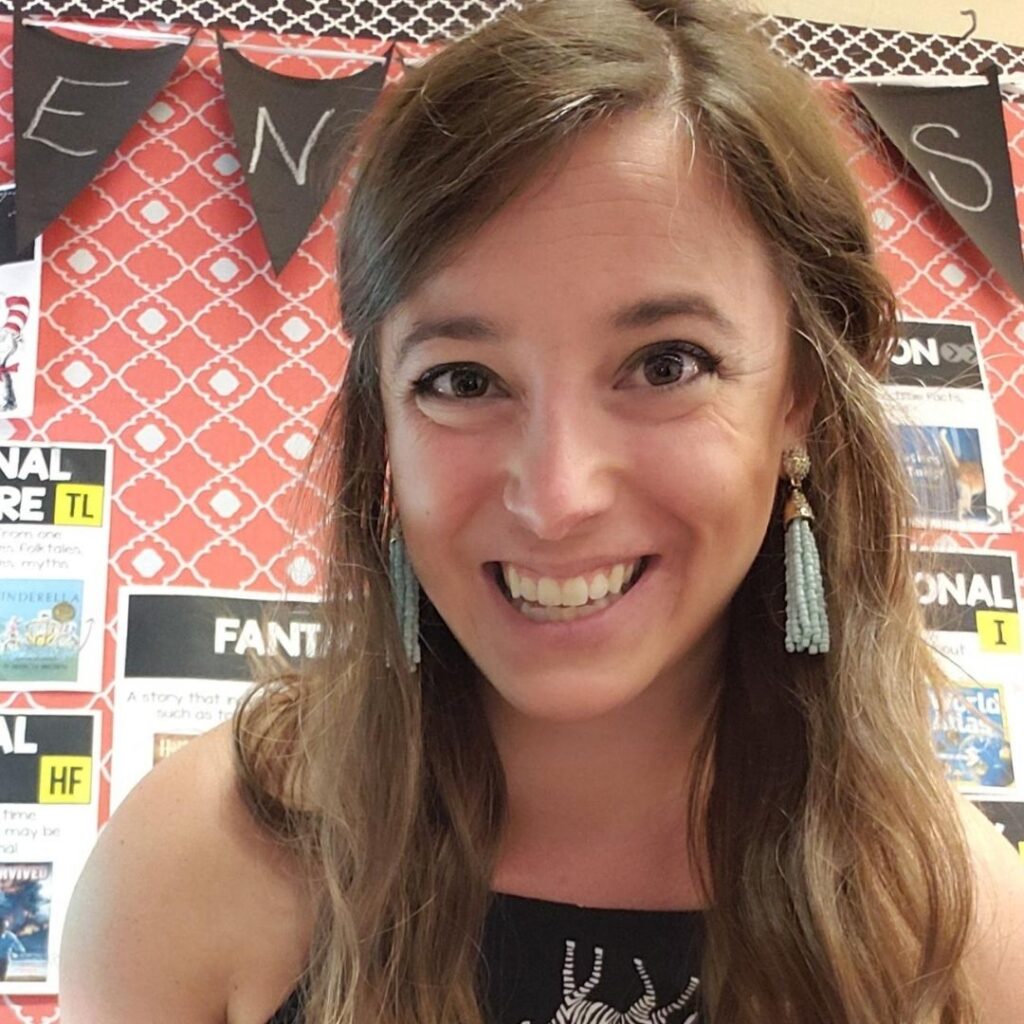
5 Responses
I love these. If you have specific ideas for emergent bilingual students. Please share I would love your ideas.
I love this blog entry! I was wondering if you had your word sorting template available for purchase. I couldn’t locate a link anywhere.
Hi Jennifer,
Where can I purchase a copy of your above templates, work map (semantic map), word sorting?
I purchased the Word Work Templates Aligned with the Science of Reading hoping they were part of the package, however they were not.
P.S. I love your work!
Thanks
Cheryll
Great and helpful ideas!